The AI job market isn’t just growing; it’s specializing. While everyone is still focused on becoming a “Prompt Engineer,” the real high-value opportunities of 2026 are in roles you’ve likely never heard of.
You know AI is the future. But every “in-demand” job list names the same 3-4 roles, and you’re tired of hearing about them. You’re looking for the next frontier. You want to find the niche AI roles that will actually define the industry and command top salaries by 2026.
#1. AI Ethicist & Bias Analyst
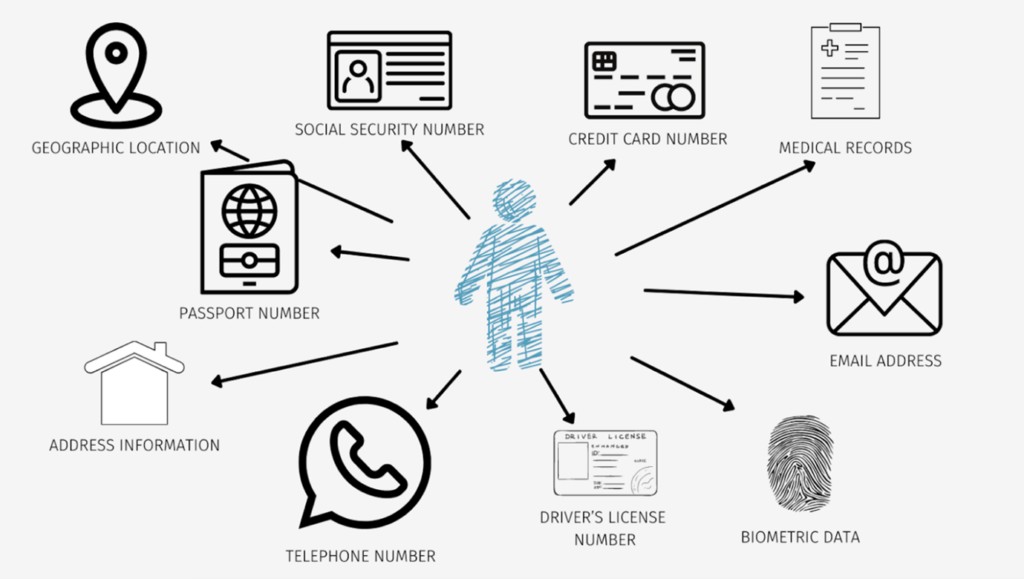
This person is like a detective for AI. They hunt for hidden unfairness, or “bias,” in AI programs. Their job is to find and fix these problems before they hurt real people, like in hiring or loan applications.
You’ve seen the bad news stories. An AI tool for hiring that only picks men. A loan program that denies people in certain areas. These are big, costly scandals. New laws are here, and companies are racing to hire people who can find these problems before they happen. This job is about ‘Responsible AI,’ and it’s not optional anymore.
Start with your current tech or data skills. You just need to add a new layer. Learn about data privacy laws (like GDPR). Then, look at tools like Google’s What-If Tool or IBM’s AI Fairness 360. They let you test AI for unfairness. This shows you’re serious.
#2. AI Explainability (XAI) Specialist
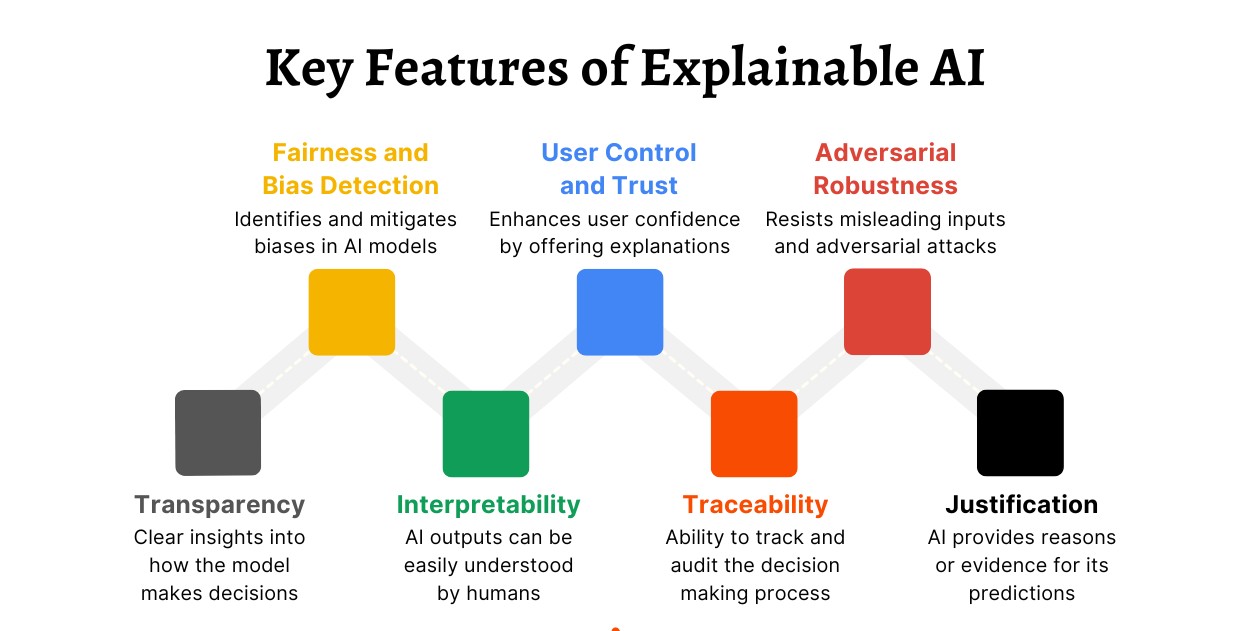
This person is an AI translator. They make “black box” AI programs explain how they got an answer. It’s not enough for an AI to be right; it has to show its work.
Think about a doctor using AI to spot cancer. The doctor can’t just trust the AI. They need to know why the AI flagged a spot. The same is true for a bank. This role is needed in any industry where “computer says no” isn’t a good enough answer. They build the trust.
If you know Python, you’re halfway there. Your next step is to learn specific Python libraries. Start with SHAP and LIME. These are the main tools used to explain AI decisions. Build a small project that uses LIME to show why an AI made a choice.
#3. Chief AI Officer (CAIO)

The new big boss for AI. It’s a top leadership role, just like a Chief Financial Officer (CFO). They are in charge of the company’s entire AI plan.
Companies are spending millions on AI in 2025. But they need one person to make sure that money is spent well. The CAIO connects the tech team to the business goals. Data shows a sharp rise in “Head of AI” roles. The CAIO manages the risks, the budget, and the new teams.
This is for people with 10+ years of experience in business and tech. You get there by leading AI projects now. Get certifications in ‘AI Strategy’ (not just tech skills). You need to prove you can manage a budget and a team.
#4. AI-Powered Automation Strategist

A person doesn’t write the AI code. They figure out where to use AI to improve the business. They look at how a company works today and then redesign it with AI and automation tools.
A company might have a 20-step process for paying invoices. This person comes in and uses AI to make it a 3-step process. This saves thousands of hours and millions of dollars. They are the bridge between the tech team (IT) and the people doing the work (Operations).
A background in project management or business operations is perfect. Your next step is to learn the tools. Get a certification in a major automation tool (like UiPath or Automation Anywhere). Then, learn how Generative AI plugs into those tools.
#5. AI Cybersecurity Analyst
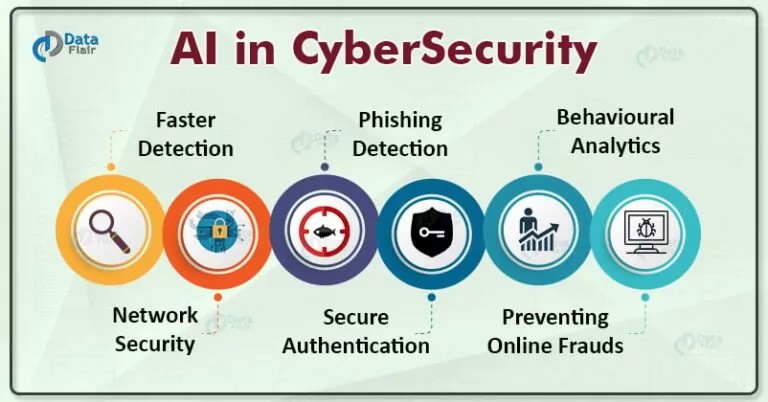
This is a digital guard who uses AI as their main weapon. They use smart AI tools to find and stop hackers before they can do damage.
The bad news is that hackers are already using AI. So, companies need a new defense. This job uses AI to “hunt” for threats that look different from old viruses. They also do a brand new job: protect the AI models themselves from being “poisoned” or tricked by hackers.
Start with a basic cybersecurity certification (like CompTIA Security+). That’s your ticket in. Then, focus on AI tools. Learn how to use security platforms that have AI built-in. Look at tools like CrowdStrike Falcon or Splunk.
#6. AI Linguistic Data Curator
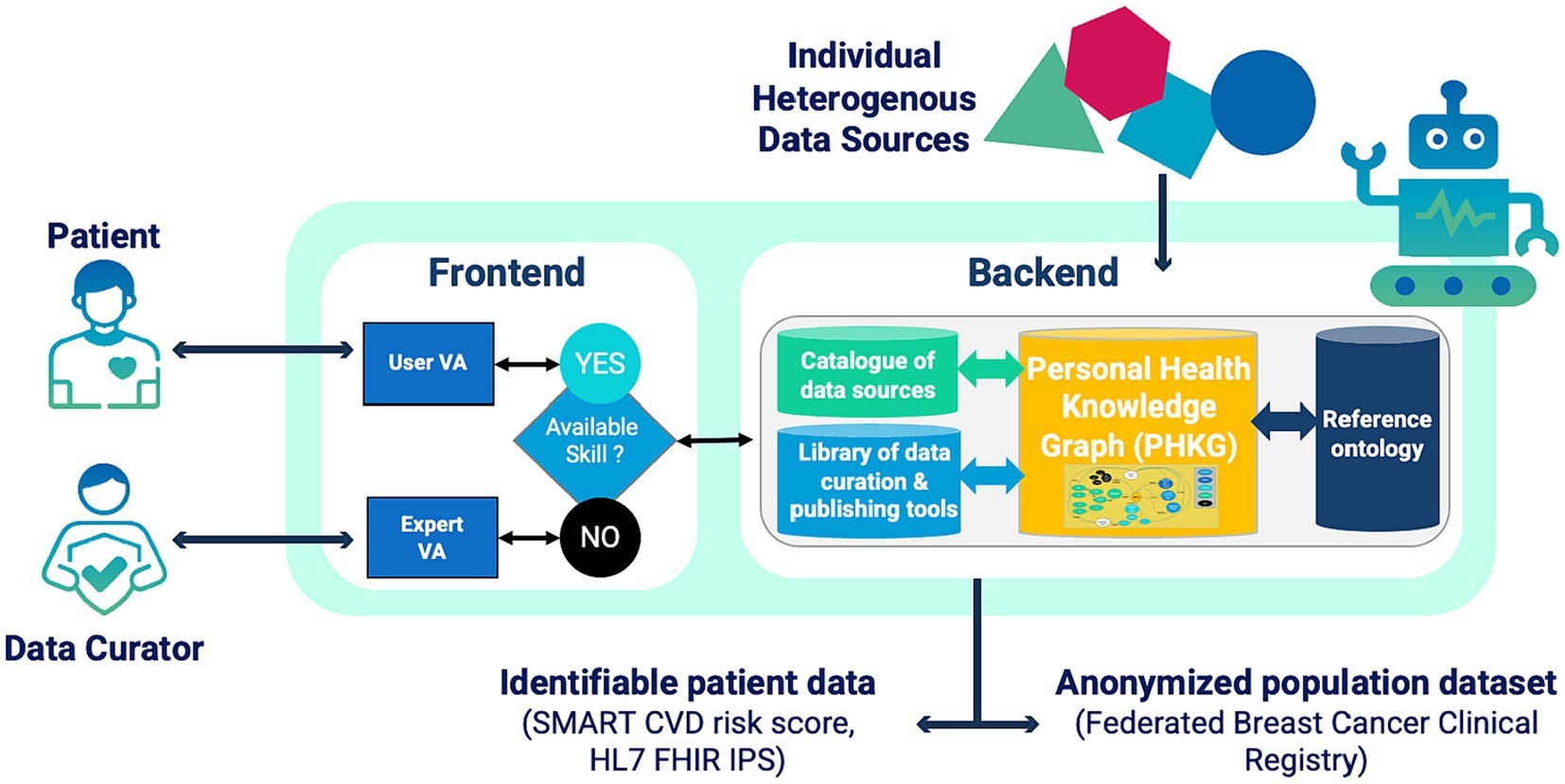
This is a master librarian for AI. Big AI models are trained on data. This person finds, cleans, and organizes specialized data to build smaller, smarter AIs.
A ‘one-size-fits-all’ AI is not good enough for a lawyer or a doctor. They need an AI trained on their data. This job is the “you’ve never heard of” gold. These curators build the high-quality, custom data sets that make hyper-accurate models possible.
Do you love organizing? A background in linguistics, libraries, or law is perfect. You need to show you have extreme attention to detail. Learn basic Python (for data cleaning) and SQL (for pulling data). Start by building and annotating your own small, clean dataset on a topic you know well.
#7. Generative AI Designer

This is not a prompt engineer. This is a user experience (UX) designer who focuses on how people talk to AI. They design the AI’s “personality” and the flow of the conversation.
A chatbot that is confusing or annoying will not be used. This designer makes the AI feel helpful and natural. They design the entire user flow for creative tools, like AI video or image generators. As every app adds an AI assistant, this job is critical.
If you are a UX/UI designer, you are 90% there. Your next step is to specialize. Start by building projects in design tools like Figma, but create a design for an AI chatbot. Read about ‘Conversational Design’ and play with tools like Midjourney to learn their limits.
#8. AI Edge Computing Developer

This developer makes AI run on your device, not on the internet. They write small, fast, and super-efficient AI code that works directly on a smartphone, a smart camera, or inside a car.
The future of AI isn’t just in giant data centers. People want AI that is fast, private, and works offline. Think of the face unlock on your phone. That’s edge AI. This job is essential for a new wave of smart devices, cars, and gadgets.
You need strong programming skills (like C++ or Python). From there, you must learn to shrink AI models. Your action plan is to download TensorFlow Lite or PyTorch Mobile. Try to build a simple app that runs 100% on your phone.
#9. AI Policy Maker / Governance Specialist
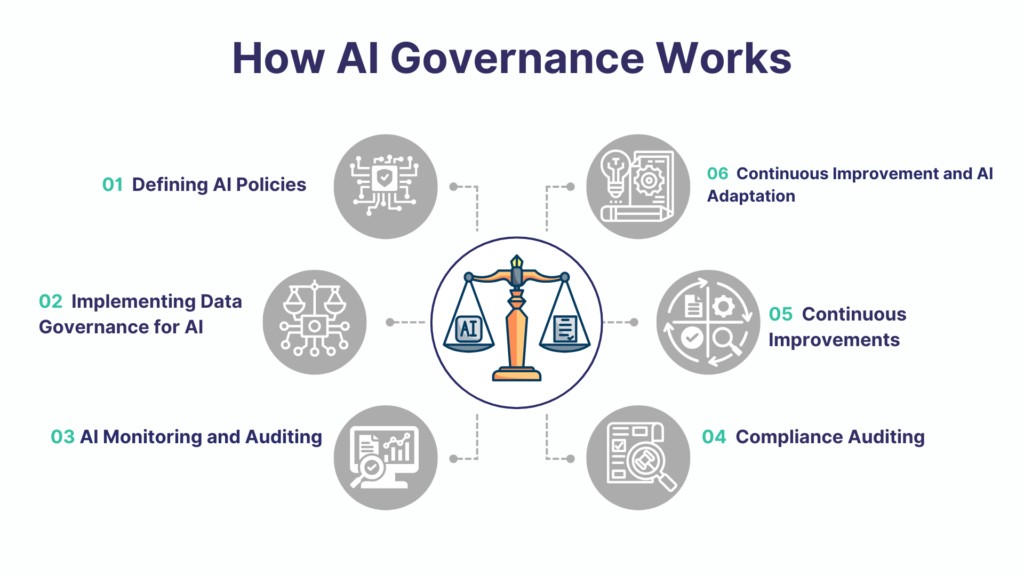
This person is the company’s “AI rule maker.” They are often a lawyer or a policy expert. They write the official rules for how all employees can, and cannot, use AI tools at work.
Companies are scrambling. What happens if an employee puts secret company data into a public AI? This person answers that. This role is exploding in 2025. They write the policies that protect the company’s secrets and keep it from breaking laws.
This role is perfect for someone with a background in law, compliance, or even human resources. You don’t need to be a coder. Your next step is to become an expert on new AI laws (like the EU’s AI Act). You can also take “AI for Business Leaders” or “AI Ethics” courses.
#10. AI Behavior Analyst

This is a new job that mixes psychology with data. This person studies how humans interact with AI. They try to figure out why people trust an AI, or why they get frustrated.
A company can build the “smartest” AI, but if people find it creepy or don’t trust its answers, the product will fail. This analyst asks the big questions. “Why did the user ignore the AI’s advice?” They help make AI more human-friendly.
A background in psychology, sociology, or User Research (UXR) is the best start. Your next step is to add data skills. Learn how to read user data and run A/B tests. You need to be able to turn human behavior into numbers and reports.
#11. AI-Enhanced Healthcare Specialist

This specialist helps bring AI tools safely into real hospitals and clinics. They work with doctors and IT teams to install, test, and manage AI systems that read X-rays or find diseases.
AI can now read MRIs, but you can’t just plug it into a hospital. This specialist makes sure the tool is safe, effective, and follows strict healthcare rules like HIPAA. They are the bridge between the AI makers and the doctors.
This role is perfect for healthcare professionals (like nurses or IT staff). Your first step is to learn the rules. Get a certification in Health Informatics or ‘AI in Healthcare.’ You must prove you know both medicine and technology.
Your 3-Step Action Plan for 2025
Okay, that’s a list of 11 big jobs. You might be thinking, “Where do I even start?” It’s easier than it looks. You don’t need a new 4-year degree.
Build a “T-Shaped” Skillset

Think of your skills like the letter “T.”
The long part, the “I,” is the deep skill you already have. This could be your experience as a designer, a marketer, a lawyer, or a coder. That’s your base.
The top part, the “—,” is the new piece you add. This is your “AI knowledge.” You don’t need a Ph.D. You just need to know the basics. Learn what “Generative AI” is. Learn what “predictive AI” does for a business.
Focus on Tools, Not Just Theory
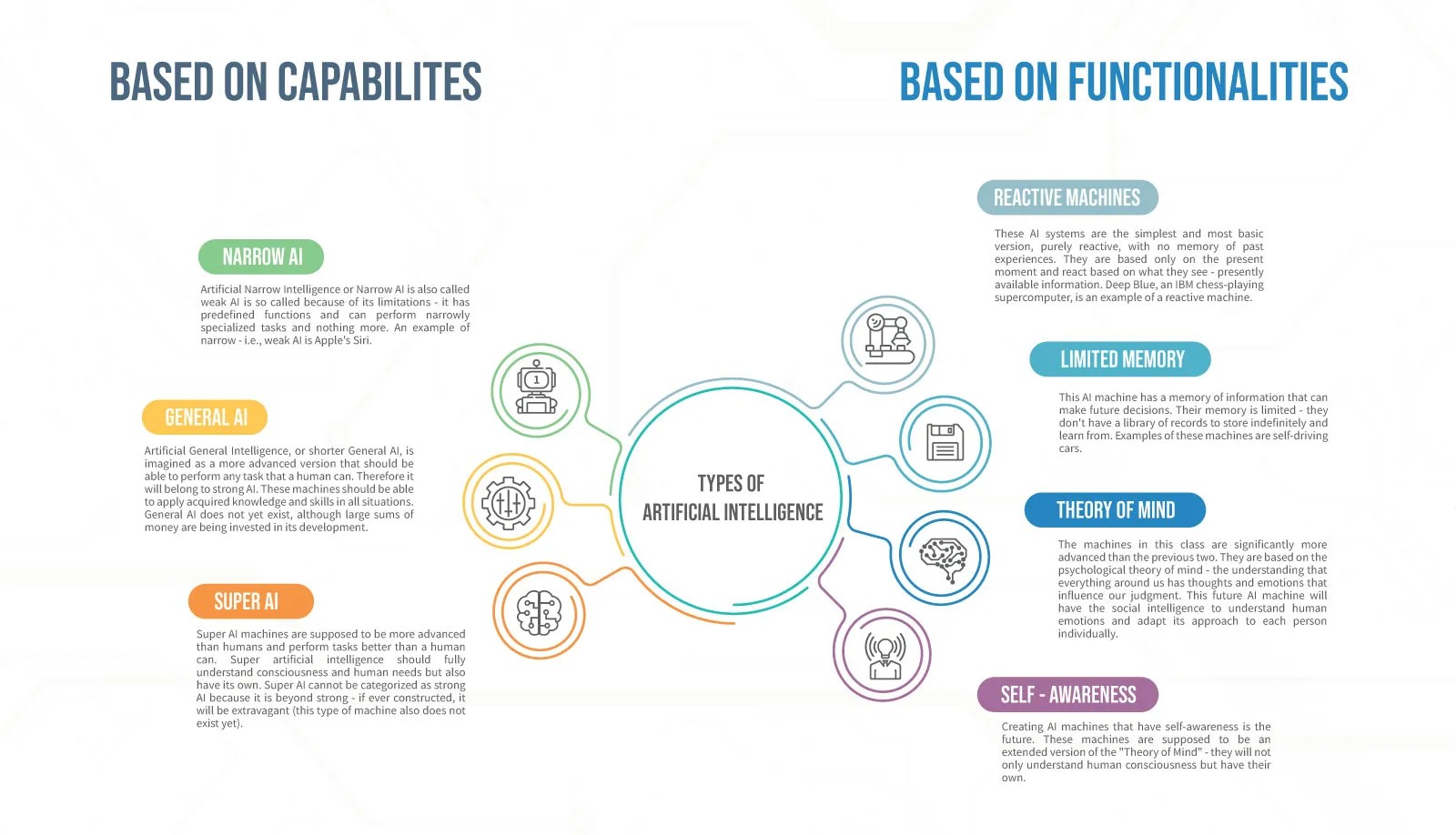
Watching videos is not enough. You have to get your hands dirty and use the real tools. This is how you build skill.
Want to be an AI Explainability (XAI) Specialist? Don’t just read about AI fairness. Download and use the Python tools SHAP or LIME. You can use them to make an AI model show its work. Want to be an AI Edge Developer? Start playing with TensorFlow Lite or PyTorch Mobile. Try to make a small AI app run on your phone.
Get Verifiable Proof
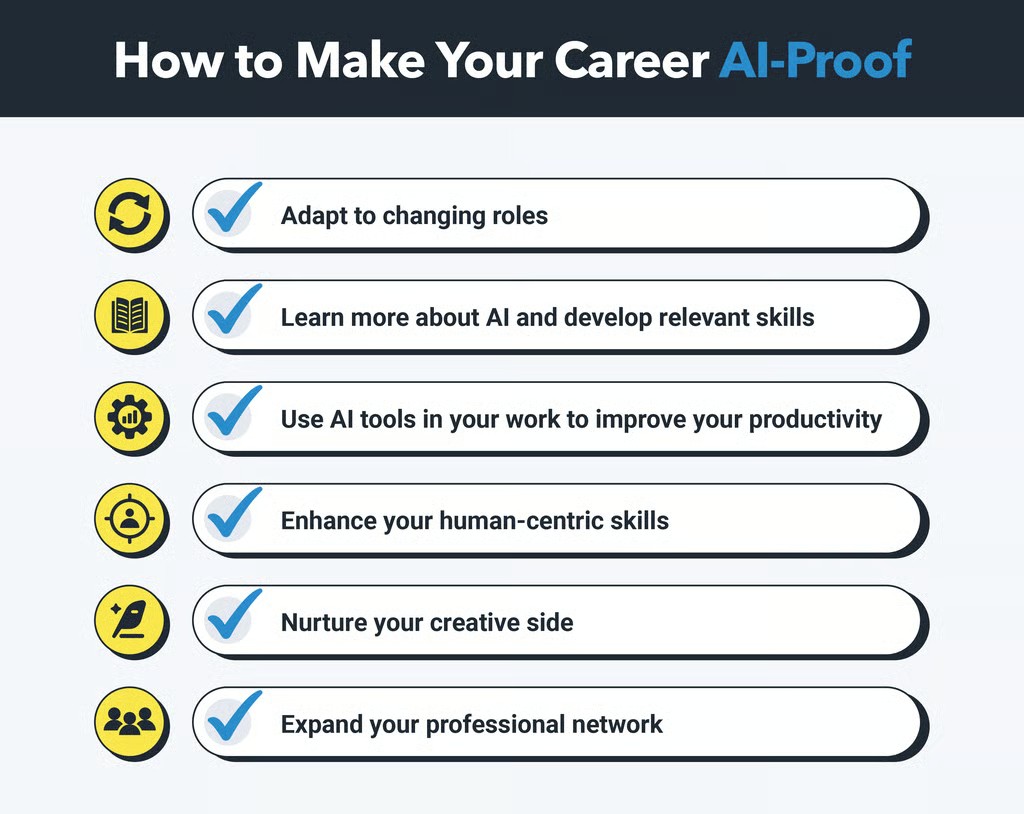
A certificate on your profile is good. A project that people can see is ten times better. You need proof you can do the work.
This is your new resume. Build a simple app using that Edge AI tool. Find a public AI model, test it for bias, and write a short blog post about what you found. A single, finished project is more valuable to an employer than a long list of courses.
This 3-step plan is how you get actionable AI skills in 2025. It’s the best way to prepare for the future of AI jobs and land one of these niche AI roles.


